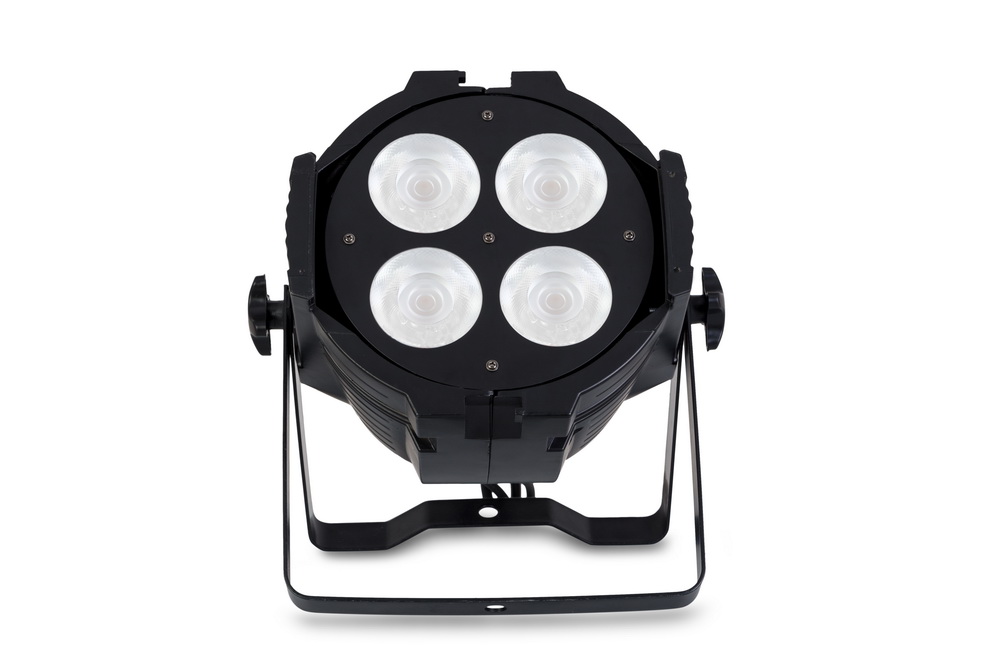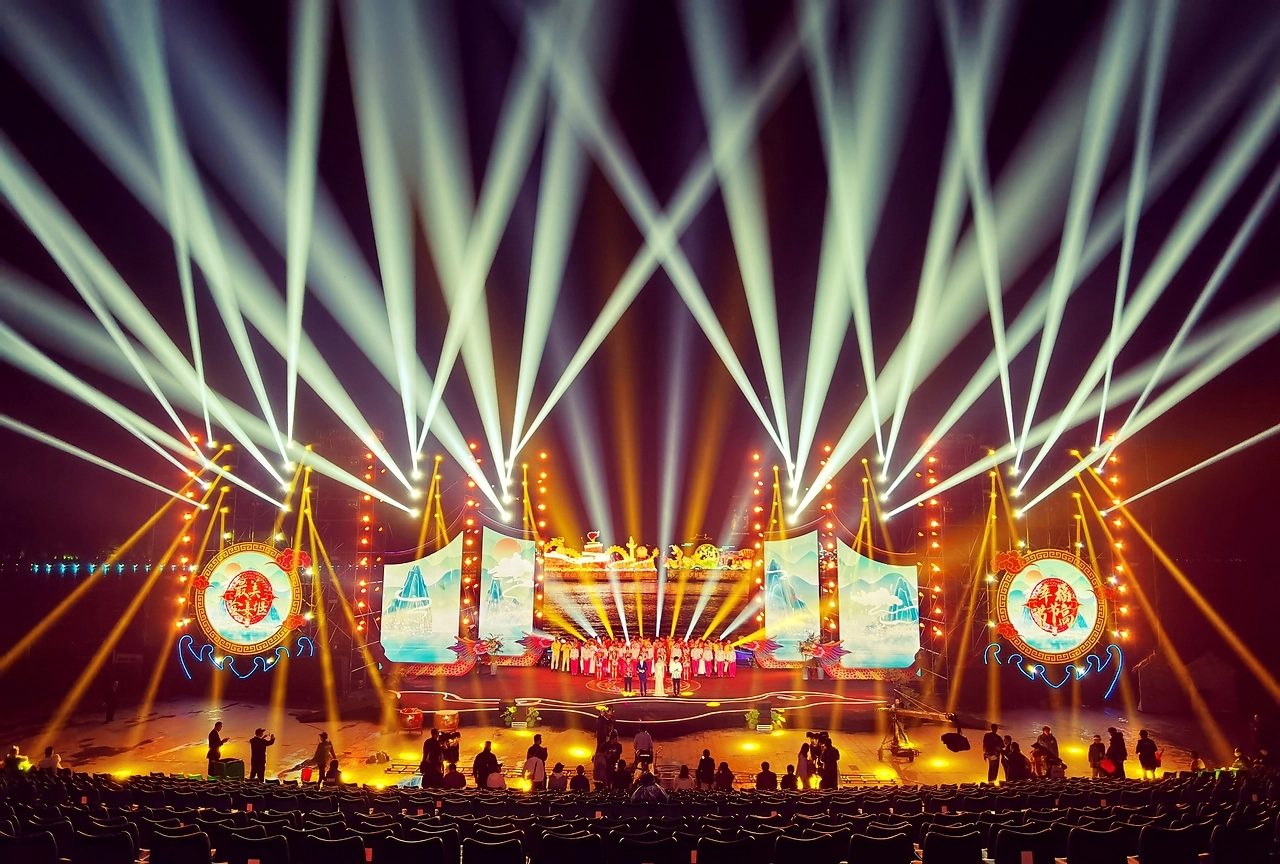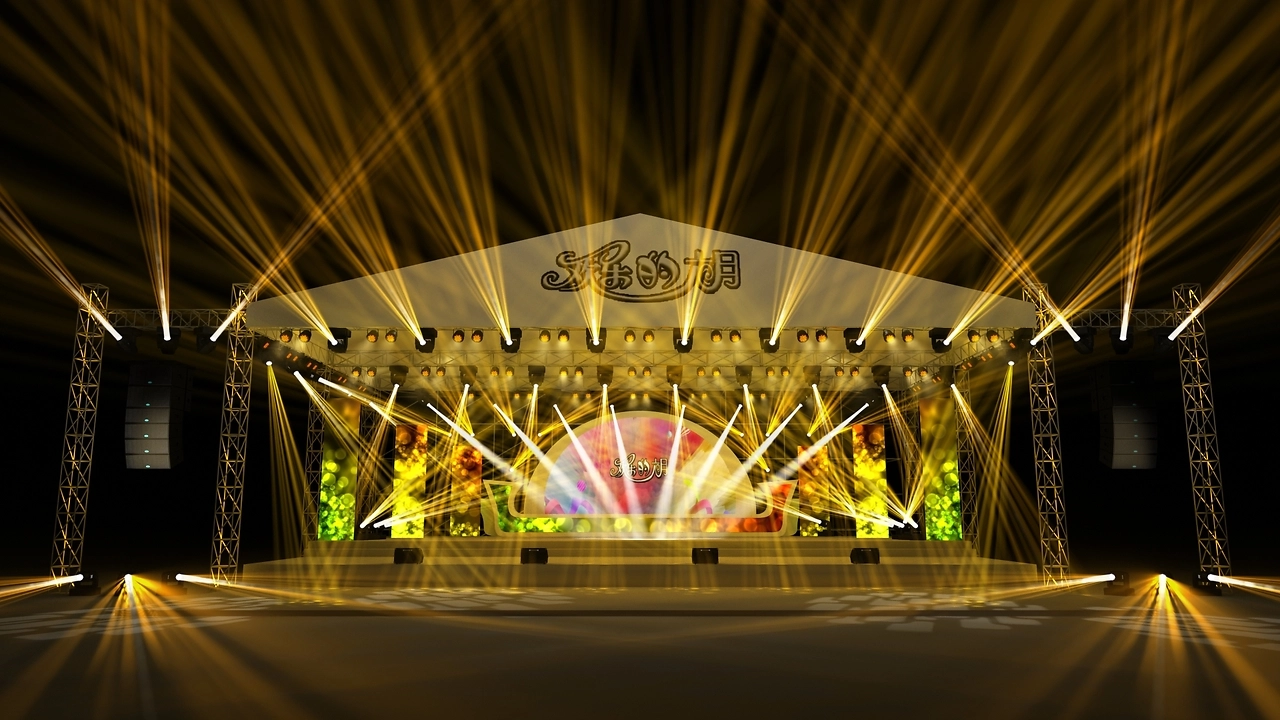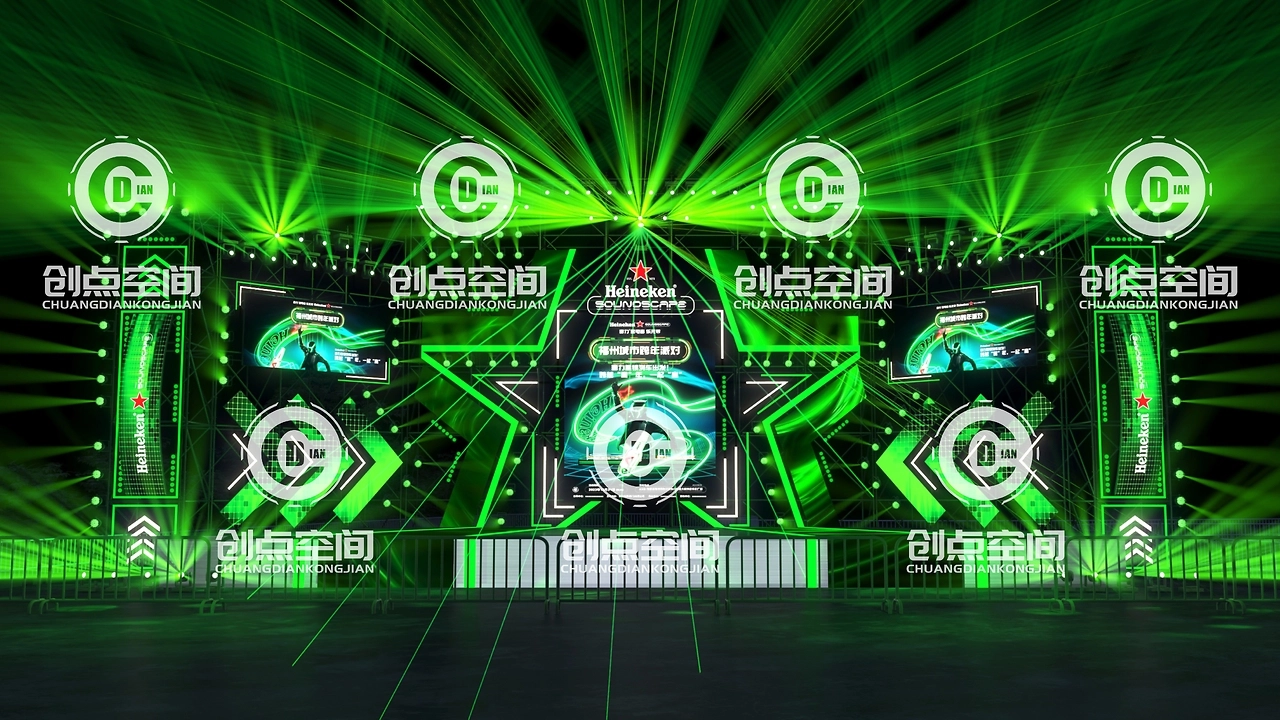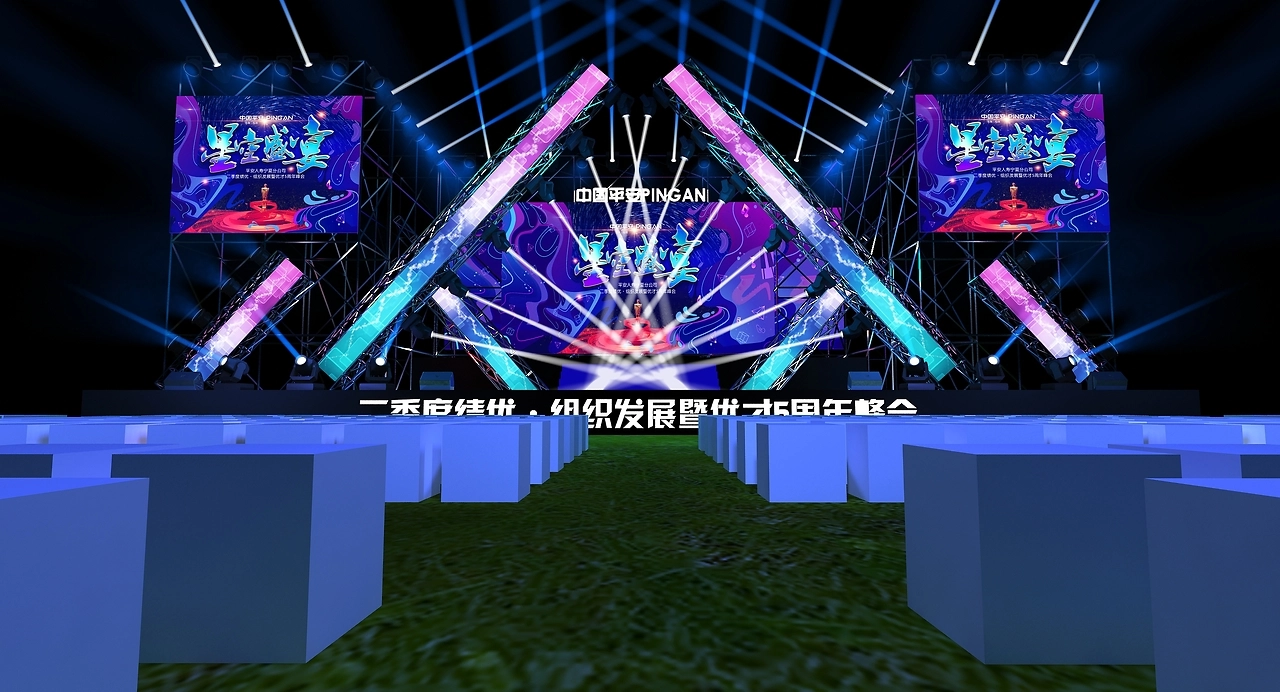LED Stage Lighting: Innovative Integration of Technology and Art
In recent years, with the rapid development of technology, LED (Light Emitting Diode) technology has gradually become the core driving force in the field of stage lighting. From large-scale concerts and theater performances to commercial exhibitions and immersive art installations, LED stage lighting is redefining the visual expression of modern stages with its efficient, flexible, and innovative features. This article will explore the core advantages, application scenarios, technological challenges, and future trends of LED stage lighting, revealing how it has become an indispensable part of contemporary stage art.
Whatsapp:+86 134 1860 8878
1. Core advantages of LED stage lighting
1. Energy efficiency revolution and environmental attributes
Compared with traditional halogen lamps or incandescent lamps, the energy consumption of LED lamps can be reduced by more than 70%. The efficiency of converting electrical energy into light energy is higher, reducing energy waste and carbon emissions, which is in line with the global trend of sustainable development. In addition, LED lights do not contain harmful substances such as mercury, further reducing the burden on the environment.
2. Breakthrough in Color Expression
LED lighting fixtures can generate millions of colors by mixing the three primary colors of red, green, and blue (RGB), and support precise color temperature adjustment. For example, through the DMX (Digital Multiplexing) protocol control, lighting technicians can adjust the hue, saturation, and brightness of each light in real time, creating a variety of visual effects from natural daylight to surreal neon.
3. Dynamic control and intelligent operation
The LED lighting system can seamlessly integrate with the digital console, supporting programming presets, dynamic tracking (such as following actors' movements), and real-time interaction (such as synchronizing with music rhythm). In addition, the introduction of wireless control technology and the Internet of Things (IoT) has made the switching of complex lighting scenes more efficient.
4. * * Long lifespan and low maintenance cost**
The average service life of LED lamps can reach over 50000 hours, far exceeding traditional light sources. Its solid-state structure is resistant to vibration and impact, reducing the risk of interruption caused by equipment failure during performances, especially suitable for high-intensity touring needs.
2. Application Scenarios: From Traditional Stage to Immersive Experience
1. Concerts and music festivals
LED technology provides a broader creative space for large-scale performances. For example, by combining high-resolution LED screens with lighting matrices, the stage can present 3D stereoscopic projection, particle effects, or real-time visual feedback, enhancing the audience's immersion. In Taylor Swift's "Time Tour" in 2023, the linkage between LED lights and mechanical stages became her iconic highlight.
2. Drama and Dance Performances
In theaters, the miniaturization and adjustable angle characteristics of LED lighting fixtures enable lighting design to accurately match actors' body language. For example, in the immersive drama "Sleep No More," LED lights enhance the suspenseful atmosphere of the plot by switching between cool and warm tones.
3. Business activities and exhibitions
From brand launches to art exhibitions, LED lighting systems can be programmed to create dynamic brand logos, interactive lighting installations, or virtual scenes. For example, Louis Vuitton's 2022 runway will use LED ground screens and aerial lighting matrices to simulate the magical effects of starry skies and auroras.
4. Virtual production and film shooting
LED virtual production technology, such as the "Volume" system used in the filming of "The Mandalorian," is disrupting the traditional film and television industry. The LED background wall can render dynamic scenes in real time, work together with the lighting system, reduce post production synthesis costs, and improve shooting efficiency.
III. Technical Challenges and Industry Pain Points
Despite its significant advantages, LED stage lighting still faces some challenges:
-High initial costs: The procurement and system construction costs of high-end LED lighting fixtures may exceed the budget of small and medium-sized teams.
- Heat dissipation and light decay issues :
Long term operation of high-power LEDs may lead to a decrease in light efficiency, which needs to be solved through heat dissipation design and intelligent temperature control technology.
-Standardization and Compatibility: Different manufacturers' lighting control system protocols are not unified, which increases the complexity of system integration.
-The balance between art and technology: Over reliance on automation may weaken the creative dominance of lighting designers, and a balance point needs to be found through human-machine collaboration.
Whatsapp:+86 134 1860 8878
4. Future Trends: Intelligence and Cross border Integration
1. AI driven lighting design
Artificial intelligence algorithms can analyze script, music, or audience emotional data, automatically generate lighting scene plans, and assist designers in optimizing effects. For example, AI has been able to simulate lighting styles from different historical periods and provide digital replication solutions for classic plays.
2. Metaverse and Virtual Stage
In virtual concerts (such as Travis Scott's performance in Fortnite), LED lighting logic can be transplanted into the digital world to achieve a cross dimensional experience of virtual real linkage.
3. Sustainable technological innovation
Photovoltaic powered LED systems, recyclable material lighting fixtures, and low-power wireless transmission technology will become the focus of industry research and development, promoting the realization of a "zero carbon stage".
4. Human factors engineering and health considerations
Future LED systems or integrated biosensors can dynamically adjust lighting based on performer heart rate, audience attention, and other data to avoid visual fatigue or light pollution.
Conclusion: Light, as the fourth dimension of art
LED stage lighting is not only an iteration of technology, but also a revolution in artistic expression. It breaks the physical limitations of traditional lighting and transforms the stage into a dynamic canvas full of infinite possibilities. As lighting designer Robert Wilson once said, "Light is not a tool to illuminate the stage, but the performance itself." With the continuous evolution of technology, LED will continue to write the poetry of light at the intersection of art and technology.
Whatsapp:+86 134 1860 8878
